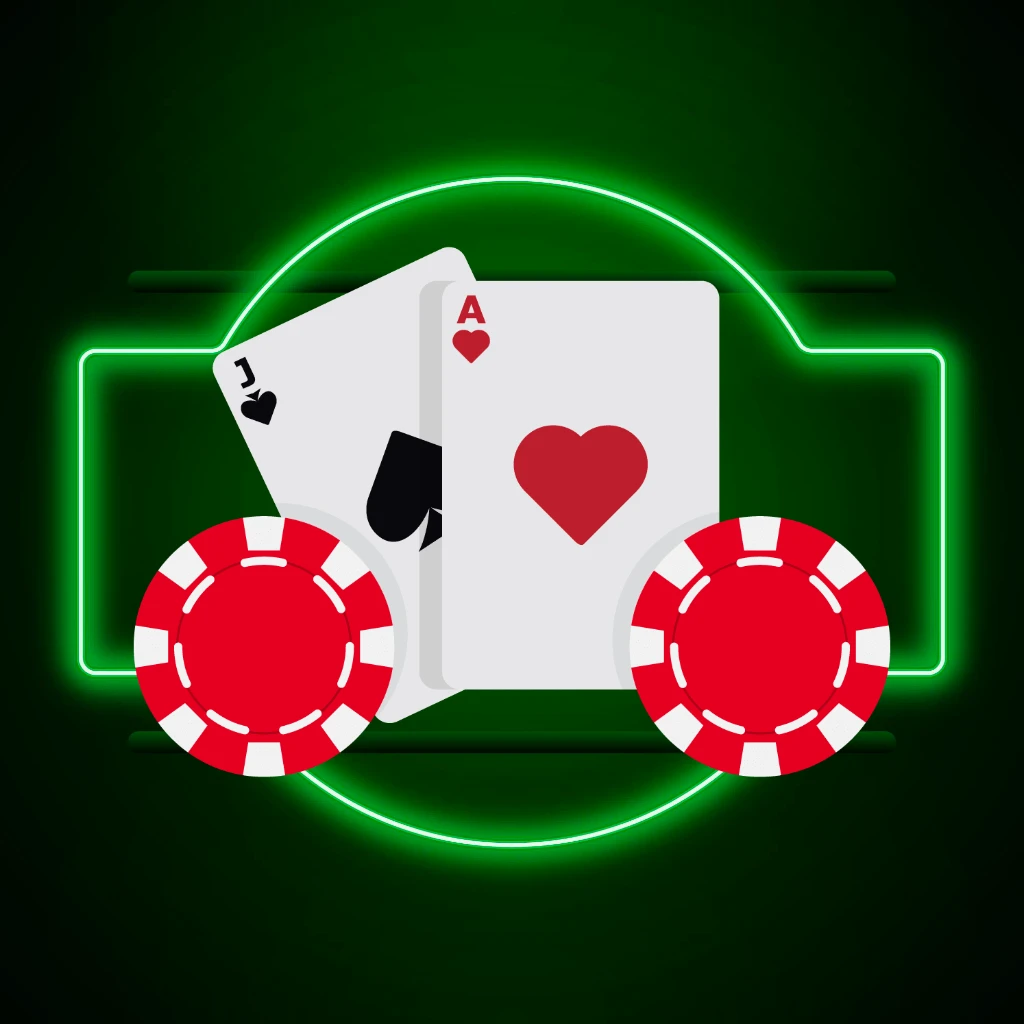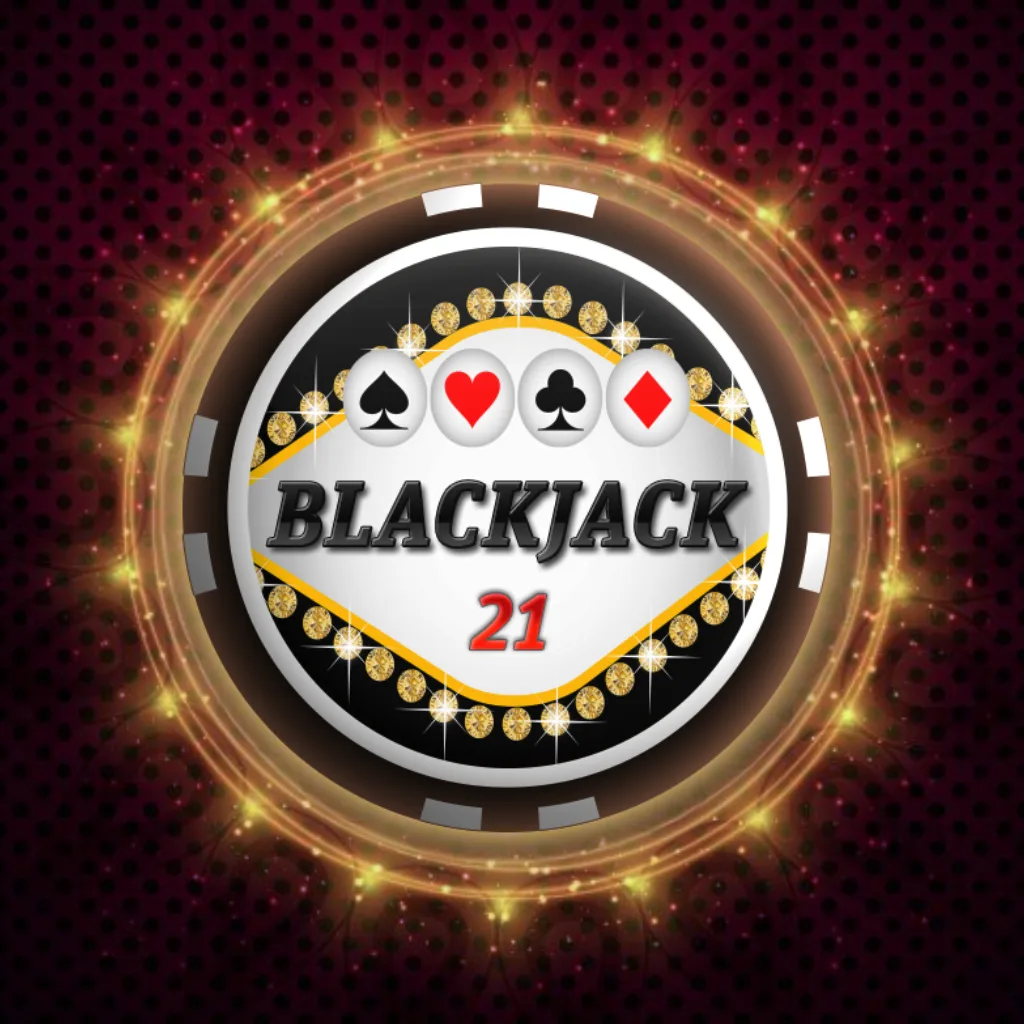Understanding Blackjack Card Values - Master the Basics to Win
Basic Blackjack Card Values Explained
If you’re wondering how many cards in blackjack, there are 52. The game revolves around understanding the value of each card in the deck and getting as close as possible to 21 without exceeding it. Here are all the blackjack rules card values you need to know:
Number Cards and Their Straightforward Values
Naturally, the number cards from 2 to 10 are the simplest to understand. Each card’s value already equals its number. For example, a 4 of hearts is worth 4 points, and an 8 of spades is worth 8 points. These cards form the building blocks of your hand.
Face Cards and Their Value
The face cards—Jack, Queen, and King—are all worth 10 points each. These cards are valuable if you want to build strong hands quickly. For instance, if you’re dealt a King and a 9, your total is 19—a solid hand in blackjack.
The Ace: Is It Worth 1 or 11 Points?
What is an ace in blackjack? The Ace is the most versatile card in blackjack. It can either be 1 or 11 points, depending on which benefits your hand the most. Let’s say, you have a 7 and an Ace, the Ace can count as 11. This’ll give you a total of 18—a strong hand. But if you get a 9, the Ace will automatically have a value of 1, so you won’t exceed 21.

How Blackjack Card Value Affects Your Hand
The way cards are valued in blackjack will directly affect the decisions you make during the game. That’s why knowing how to calculate your hand and learning to roll with different scenarios is a vital winner’s skill.
Calculating Hard Hands vs. Soft Hands
Ever heard of a hard hand? This is a hand without an Ace or where the Ace counts as 1.
A great example is when a hand of 10 and 7 is a hard 17. On the other hand, a soft hand includes an Ace valued at 11. For example, an Ace and an 8 is a soft 19. You’d typically want soft hands because of their flexibility.
Knowing When to Count an Ace in Blackjack as 1 or 11
So now you need to figure out when you want to count the Ace as 1 or 11. Well, that decision relies heavily on the total value of your hand. If counting the Ace as 11 keeps your total at 21 or lower, that’s naturally the better option.
But if adding 11 would cause you to bust, the Ace automatically becomes a 1. For instance, in a hand with an Ace, 8, and 5, the Ace is counted as 1. This would make your total 14, instead of busting at 24.
The Role of Blackjack Card Values in Basic Strategy
Now that you understand card values, you’re armed with the basic strategy. In blackjack, you should know when to hit, stand, double down, or split based on your hand’s value and the dealer’s upcard.
Hit is when you ask for another card to hopefully improve your current hand. Blackjack stand meaning is when you are satisfied with your current hand so you decline any further cards. Double down is simply when you double down on your initial bet.
Understanding card values is important for making decisions, and not just your card values. For example, a hand of 12 might seem weak, but if the dealer shows a 6, basic strategy will tell you to stand since the dealer is likely to bust.
Advanced Strategy – How to Use Card Values for Counting
So you’ve got the basics pinned down. Now, we can proceed to more advanced strategies – particularly, card counting. This technique makes use of card values to guess the chances of certain cards being dealt, possibly giving you an edge.
Card Counting Basics
In essence, card counting is a system where players track the ratio of high cards (10s, face cards, and Aces) to low cards (2-6) remaining in the deck. Since high cards are more advantageous for players, knowing when the deck is rich in these cards will help you adjust your bets and strategy!
How Card Values Influence the Hi-Lo System
The Hi-Lo system is one of the most popular card-counting methods out there. In this system, you assign low cards (2-6) a value of +1, high cards (10, face cards, and Aces) are -1, and 7-9 are neutral (0). As cards are dealt, you keep a running count to gauge whether the deck favours the player or the dealer.

Does Card Counting Improve Winning Odds?
While card counting doesn’t guarantee a win, it can definitely level up your odds of winning. By keeping count and knowing when the deck is most favourable, you can increase and lower your bets depending on your chances. Just keep in mind that, at the end of the day, this isn’t a foolproof trick and requires practice before one can even execute effectively.
Common Mistakes When Understanding Blackjack Card Values
Even if you’ve practiced and think you’re good at the trick, you may still fall victim to the common mistakes when understanding Blackjack values. No worries, though, even the most experienced players can make these movies :
Misinterpreting the Ace’s Value
The Ace’s dual value can be confusing at times, especially for beginners. But remember that forgetting to adjust the Ace’s value when you need to can be a very costly mistake. Make sure to always calculate your hand’s total carefully and decide whether the Ace should count as 1 or 11.
Overemphasis on Face Cards
While face cards are important, it can be misleading to put too much emphasis on them. For example, you may find yourself assuming that a high proportion of face cards will be dealt. This can lead to overconfidence and risky bets.
Ignoring the Importance of Soft Hands
Remember how we said soft hands give you flexibility? Well, many players tend to overlook its potential. For instance, a soft 17 gives you the option to hit without fear of busting, whereas a hard 17 is riskier to play. Keep this distinction in mind to improve how you play.
Summing Up
To understand the card values is to understand the card game Blackjack. From mastering the basics of number and face cards to using the Ace’s flexibility to your advantage, each card plays a role in shaping your strategy. Whether you’re a beginner or exploring advanced techniques like card counting, making card values the center of your strategy definitely pays.











